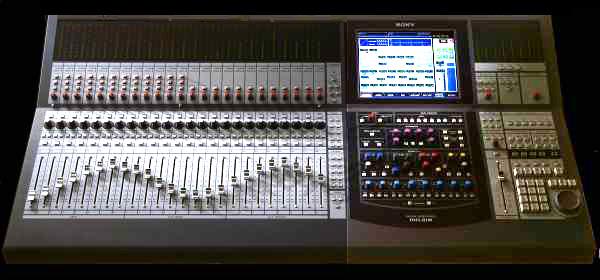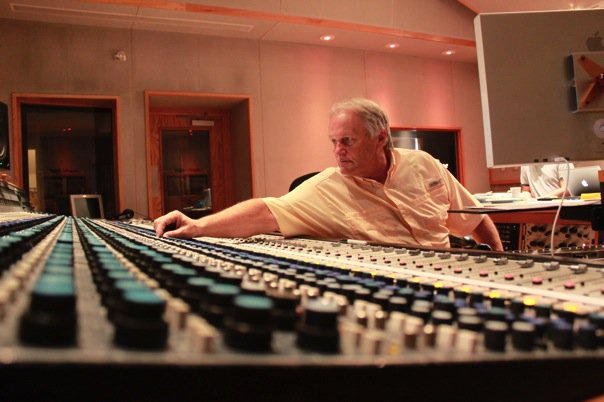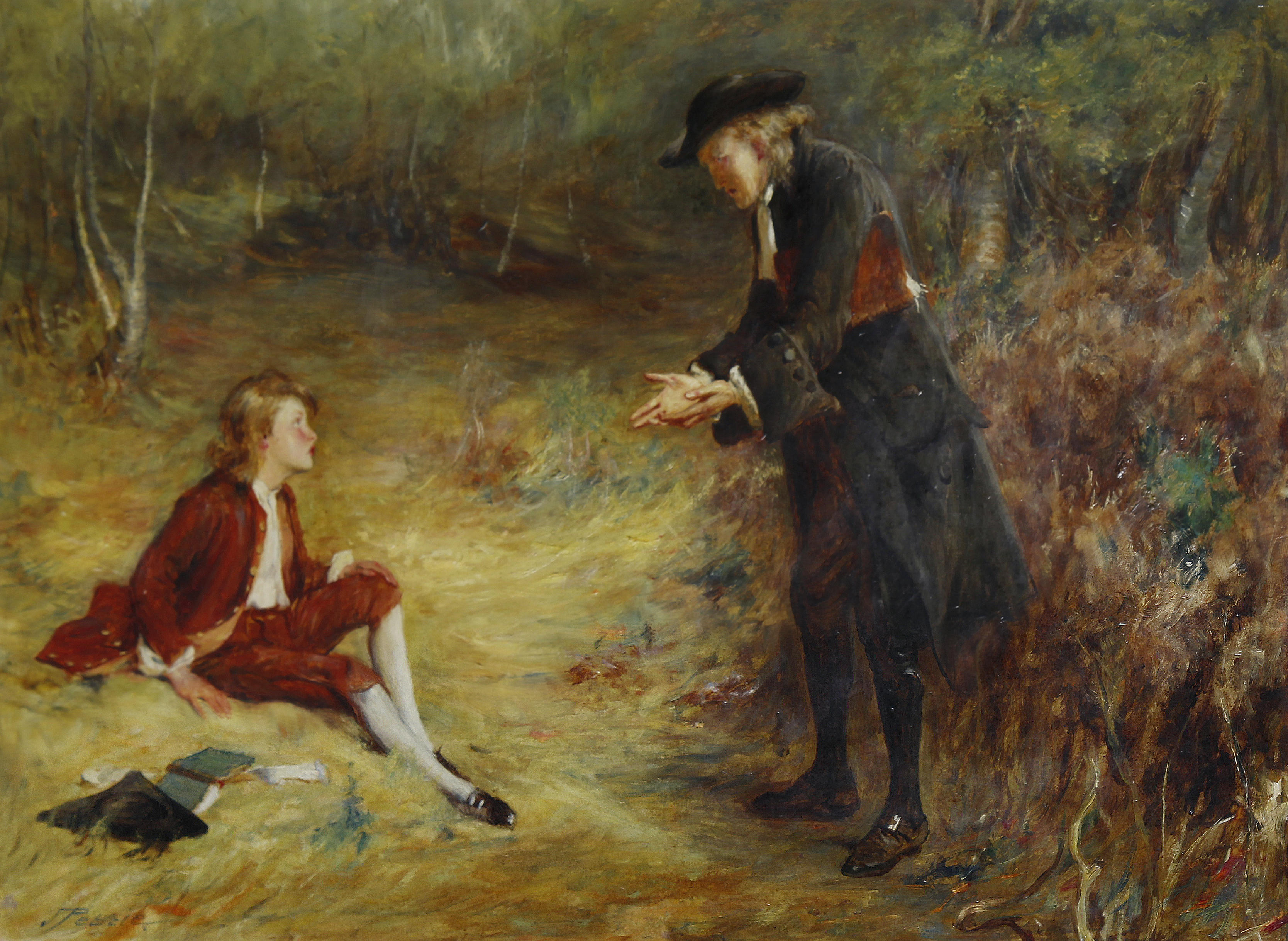|
L'Ordure à L'ÃĐtat Pur
''L'Ordure à l'ÃĐtat Pur'' (French for ''The Pure Essence of Garbage'') is the fourth full-length studio album by the French black metal band Peste Noire. It was released in 2011 on the Compact Disc format under bandleader Ludovic "Famine" Faure's own record label: La Mesnie Herlequin, which he established that same year. Style Although fundamentally a black metal record at its core, L'Ordure à l'ÃĐtat Pur exhibits prominent French folk music, avant-garde, and industrial elements mixed in with traces of ska punk, post-metal, and electronia. Moreover, the album features the playing of instruments that are seldom used in black metal music including the trombone, accordion, timpani, cello and ÃĐpinette des Vosges. In addition to the name of the album itself, its song titles and lyrics are entirely written/sung in the French language â maintaining a consistency with the band's other releases. Track listing Personnel Peste Noire *DJ Famine (Ludovic Faure) â vocals, acoustic ... [...More Info...] [...Related Items...] OR: [Wikipedia] [Google] [Baidu] |
Peste Noire
Peste Noire are a French black metal band from La Chaise-Dieu, France. The band was formed by "La sale Famine de Valfunde" (Ludovic Faure), also known simply as "Famine", in 2000. Their music uses standard black metal elements mixed with traditional Gallic instrumentation, and influences from genres like punk and electronic music. The band is sometimes referred to as P.N. or K.P.N (Kommando Peste Noire). The band is frequently grouped together with the French National Socialist black metal (NSBM) scene."Militant Right-Wing Extremism in Putinâs Russia: Legacies, Forms and Threats" by Miroslav MareÅĄ, Martin LaryÅĄ, Jan Holzer. Routledge, 2018 Band history Peste Noire was created by La sale Famine de Valfunde (i.e. "The filthy Famine of Valfunde") in Avignon in 2000, initially under the name Dor Daedeloth. Neige (Alcest), who played in the band's first eight years of existence, joined him on drums. Together they crafted four demos and one split demo tape. Argoth, a bass pla ... [...More Info...] [...Related Items...] OR: [Wikipedia] [Google] [Baidu] |
Cello
The violoncello ( , ), commonly abbreviated as cello ( ), is a middle pitched bowed (sometimes pizzicato, plucked and occasionally col legno, hit) string instrument of the violin family. Its four strings are usually intonation (music), tuned in perfect fifths: from low to high, scientific pitch notation, C2, G2, D3 and A3. The viola's four strings are each an octave higher. Music for the cello is generally written in the bass clef; the tenor clef and treble clef are used for higher-range passages. Played by a ''List of cellists, cellist'' or ''violoncellist'', it enjoys a large solo repertoire Cello sonata, with and List of solo cello pieces, without accompaniment, as well as numerous cello concerto, concerti. As a solo instrument, the cello uses its whole range, from bass to soprano, and in chamber music, such as string quartets and the orchestra's string section, it often plays the bass part, where it may be reinforced an octave lower by the double basses. Figured bass music ... [...More Info...] [...Related Items...] OR: [Wikipedia] [Google] [Baidu] |
Album Cover
An album cover (also referred to as album art) is the front packaging art of a commercially released album, studio album or other audio recordings. The term can refer to: * the printed paperboard covers typically used to package: ** sets of and 78 rpm records ** singles and sets of LP record, long-play records ** sets of 45 rpm records (either in several connected sleeves or a box) * the front-facing panel of: ** a cassette tape, cassette J-card ** a compact disc, CD optical disc packaging, package * the primary image accompanying a music download, digital download of the album (or of its individual Track (CD), tracks). For all tangible records, the album art also serves as a part of the protective record sleeve, sleeve. Early history Around 1909, 78-rpm records replaced the phonograph cylinder as the medium for recorded sound. The 78-rpm records were issued in both 11- and 12-inch diameter sizes and were usually sold separately, in brown paper or cardboard sleeves that ... [...More Info...] [...Related Items...] OR: [Wikipedia] [Google] [Baidu] |
Mastering Engineer
Mastering is a form of audio post production which is the process of preparing and transferring recorded audio from a source containing the Audio mixing (recorded music), final mix to a data storage device called a master recording, the source from which all copies will be produced (via methods such as pressing, duplication or Replication (optical media), replication). In recent years, digital masters have become usual, although analog mastersâsuch as audio tapesâare still being used by the manufacturing industry, particularly by a few engineers who specialize in analog mastering. Mastering requires critical listening; however, software tools exist to facilitate the process. Results depend upon the intent of the engineer, their skills, the accuracy of the speaker monitors, and the listening environment. Mastering engineers often apply Equalization (audio), equalization and dynamic range compression in order to optimize sound translation on all playback systems. It is standar ... [...More Info...] [...Related Items...] OR: [Wikipedia] [Google] [Baidu] |
Audio Mixing (recorded Music)
In sound recording and reproduction, audio mixing is the process of optimizing and combining multitrack recordings into a final mono, stereo or surround sound product. In the process of combining the separate tracks, their relative levels are adjusted and balanced and various processes such as equalization and compression are commonly applied to individual tracks, groups of tracks, and the overall mix. In stereo and surround sound mixing, the placement of the tracks within the stereo (or surround) field are adjusted and balanced. Audio mixing techniques and approaches vary widely and have a significant influence on the final product. Audio mixing techniques largely depend on music genres and the quality of sound recordings involved. The process is generally carried out by a mixing engineer, though sometimes the record producer or recording artist may assist. After mixing, a mastering engineer prepares the final product for production. Audio mixing may be performed on a ... [...More Info...] [...Related Items...] OR: [Wikipedia] [Google] [Baidu] |
Sound Engineering
An audio engineer (also known as a sound engineer or recording engineer) helps to produce a recording or a live performance, balancing and adjusting sound sources using equalization, dynamics processing and audio effects, mixing, reproduction, and reinforcement of sound. Audio engineers work on the "technical aspect of recordingâthe placing of microphones, pre-amp knobs, the setting of levels. The physical recording of any project is done by an engineerâĶ" Sound engineering is increasingly viewed as a creative profession and art form, where musical instruments and technology are used to produce sound for film, radio, television, music and video games. Audio engineers also set up, sound check and do live sound mixing using a mixing console and a sound reinforcement system for music concerts, theatre, sports games and corporate events. Alternatively, ''audio engineer'' can refer to a scientist or professional engineer who holds an engineering degree and designs, develo ... [...More Info...] [...Related Items...] OR: [Wikipedia] [Google] [Baidu] |
Preaching
A sermon is a religious discourse or oration by a preacher, usually a member of clergy. Sermons address a scriptural, theological, or moral topic, usually expounding on a type of belief, law, or behavior within both past and present contexts. Elements of the sermon often include Expository preaching, exposition, exhortation, and practical application. The act of delivering a sermon is called preaching. In secular usage, the word ''sermon'' may refer, often disparagingly, to a lecture on morals. In Christianity, Christian practice, a sermon is usually preached to a church (congregation), congregation in a place of worship, either from an elevated architectural feature, known as a pulpit or an ambon (liturgy), ambo, or from behind a lectern. The word ''sermon'' comes from a Middle English word which was derived from Old French, which in turn originates from the Latin word meaning 'discourse.' A ''sermonette'' is a short sermon (usually associated with television broadcasting, as ... [...More Info...] [...Related Items...] OR: [Wikipedia] [Google] [Baidu] |
Occitan Language
Occitan (; ), also known by its native speakers as (; ), sometimes also referred to as Provençal, is a Romance language spoken in Southern France, Monaco, Italy's Occitan Valleys, as well as Spain's Val d'Aran in Catalonia; collectively, these regions are sometimes referred to as Occitania. It is also spoken in Calabria ( Southern Italy) in a linguistic enclave of Cosenza area (mostly Guardia Piemontese) named Gardiol, which is also considered a separate Occitanic language. Some include Catalan as a dialect of Occitan, as the linguistic distance between this language and some Occitan dialects (such as the Gascon language) is similar to the distance between different Occitan dialects. Catalan was considered a dialect of Occitan until the end of the 19th century and still today remains its closest relative. Occitan is an official language of Catalonia, Spain, where a subdialect of Gascon known as Aranese is spoken (in the Val d'Aran). Since September 2010, the Par ... [...More Info...] [...Related Items...] OR: [Wikipedia] [Google] [Baidu] |
Fretless Bass
A fretless bass is an electric bass guitar whose neck lacks frets and thus is smooth like traditional string instruments, and like the neck of an acoustic double bass. While the fretless bass is played in all styles of music, it is most common in pop, rock, and jazz. It first saw widespread use during the 1970s, although some players used them before then. The Fender Precision Bass was introduced in 1951, with frets to help performers find the proper note (''i.e.'' to provide ''precision''). This concept of the fretted bass guitar has since become the standard, as other companies followed with similar electric fretted basses, like the HÃķfner 500/1 of Beatle Paul McCartney, which resembled a viol but with frets. The first fretless electric bass guitars appeared around 1961, from modifications made by players. Historically the most significant, while not likely the first, example of this is the Rolling Stones bassist Bill Wyman, who wanted to change the frets of his bass guit ... [...More Info...] [...Related Items...] OR: [Wikipedia] [Google] [Baidu] |
Audrey Sylvain
Audrey Sylvain (born 26 June 1984) is a French singer and dancer, originally from Avignon. Her first band was Amesoeurs. She also sang on Alcest's debut album. She was a full-time member in Peste Noire until her departure in 2016. In 2019 Audrey Sylvain released ''Incandescente'' â the debut EP of her solo project Malenuit. Discography With Amesoeurs * '' Ruines Humaines'' - EP, 2006 * '' Valfunde/Amesoeurs'' - Split album, 2007 * ''Amesoeurs'' - Full-length, 2009 With Peste Noire *'' Folkfuck Folie'' album - 2007 *'' Ballade cuntre lo Anemi francor'' album - 2009 *'' L'Ordure à l'ÃĐtat Pur'' album - 2011 *'' Peste Noire'' album - 2013 *'' La Chaise-Dyable'' album - 2015 Guest Vocals for Alcest *''Souvenirs d'un autre monde ''Souvenirs d'un autre monde'' () is the debut studio album by French post-black metal band Alcest, released in 8 August 2007. The title refers to the meaning behind the music of Alcest, as its leader and songwriter, Neige, sees it as a journey ...' ... [...More Info...] [...Related Items...] OR: [Wikipedia] [Google] [Baidu] |
Epinette Des Vosges
The ''ÃĐpinette des Vosges'' () is a traditional plucked-string instrument of the zither family, whose use was confined to two areas in the Vosges mountains of France approximately 50 km apart: around Val-d'Ajol and around GÃĐrardmer. Origins The ''ÃĐpinette'' has been attested as early as the 18th century in the Val-d'Ajol and PlombiÃĻres-les-Bains regions of southern Vosges, whence comes its name. The earlier origins of the ''ÃĐpinette des Vosges'' remain unknown, though some believe the instrument was introduced by the Swedes during the Thirty Years' War. It is, however, also possible that it is descended from the medieval psaltery. Types of epinette and geographical areas Instruments of this family, formerly widespread throughout Europe, are now primarily found in Norway (the langeleik), Iceland (the langspil), Flanders (the hummel), Hungary, as well as France. A parallel instrument, the Appalachian dulcimer is found in rural mountain areas of the Easter ... [...More Info...] [...Related Items...] OR: [Wikipedia] [Google] [Baidu] |
ÃĐpinette Des Vosges
The ''ÃĐpinette des Vosges'' () is a traditional plucked-string instrument of the zither family, whose use was confined to two areas in the Vosges mountains of France approximately 50 km apart: around Val-d'Ajol and around GÃĐrardmer. Origins The ''ÃĐpinette'' has been attested as early as the 18th century in the Val-d'Ajol and PlombiÃĻres-les-Bains regions of southern Vosges, whence comes its name. The earlier origins of the ''ÃĐpinette des Vosges'' remain unknown, though some believe the instrument was introduced by the Swedes during the Thirty Years' War. It is, however, also possible that it is descended from the medieval psaltery. Types of epinette and geographical areas Instruments of this family, formerly widespread throughout Europe, are now primarily found in Norway (the langeleik), Iceland (the langspil), Flanders (the Hummel (instrument), hummel), Hungary, as well as France. A parallel instrument, the Appalachian dulcimer is found in rural mountain areas of ... [...More Info...] [...Related Items...] OR: [Wikipedia] [Google] [Baidu] |






